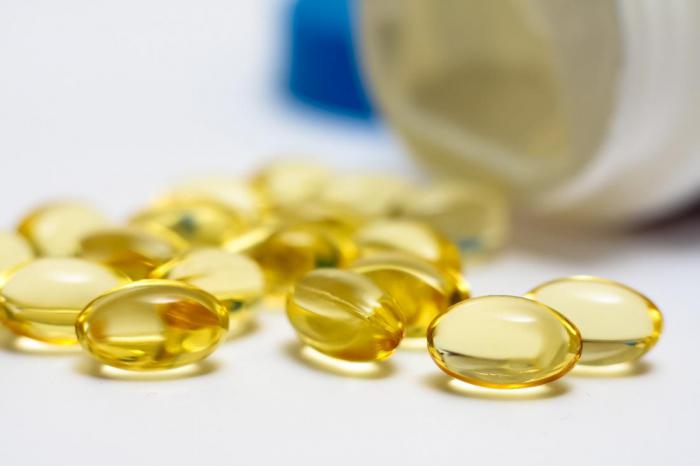The amount of consumption of refined fats has dangerously increased in recent decades, and the proportion of natural oils containing phospholipids and essential fatty acids (omega-6, omega-3) has decreased markedly. The result was a surge in autoimmune, oncological and other diseases associated with a lack of polyunsaturated fatty acids of this family, and this problem is very relevant.
Material Content:
What is omega-6, types of fatty acids
The diet of modern man is oversaturated with fats, alas, far from useful. These are hydrogenated and, even worse, industrial trans fats. The payback for their use is cancer, diabetes, obesity, heart and blood vessel problems.
Unsaturated fatty acids (LFAs) are carboxylic compounds that are important for the human body and belong to the omega-3, omega-6, omega-7, and omega-9 classes (they are classified by the distance of the first double bond from methyl carbon). Fatty acids are divided into families:
- Monounsaturated (MUFA):
- omega-7 (palmitoleic acid (POK)),
- omega-9 (oleic, erucic, eicosenic, medelic acids)
- Polyunsaturated (PUFA):
- omega-3 (the main acids are alpha-linolenic (ALA), eicosapentaenoic (EPA) and docosahexaenoic (DHA) acids);
- omega-6 (linoleic, arachidonic and gamma-linoleic acids).
 Omega-3 and omega-6 PUFAs are indispensable, because our body is not capable of independently synthesizing them from other substances (only partially) and is forced to receive them with food. Strictly speaking, only acids are essential - linoleic and α-linolenic. They participate in the formation of phospholipids that make up the membranes. And the amount of linoleic acid prevails 10 times compared with the amount of linolenic, which indicates the importance of the entire class of omega-6 FAs for the normal maintenance of the functions of cell membranes.
Omega-3 and omega-6 PUFAs are indispensable, because our body is not capable of independently synthesizing them from other substances (only partially) and is forced to receive them with food. Strictly speaking, only acids are essential - linoleic and α-linolenic. They participate in the formation of phospholipids that make up the membranes. And the amount of linoleic acid prevails 10 times compared with the amount of linolenic, which indicates the importance of the entire class of omega-6 FAs for the normal maintenance of the functions of cell membranes.
What is omega-6 LCD good for?
Linoleic acid performs the following functions:
- enhances the regeneration of skin cells, retaining moisture;
- helps the production of digestive enzymes, hormones;
- involved in the transport, breakdown and excretion of cholesterol, necessary for the synthesis of gonadosteroids and vitamin D.
- reduces the level of sterols, preventing the development of atherosclerosis and the occurrence of cardiovascular diseases;
- It has a sedative, calming effect on the nervous system, improves memory processes.
- forms lipid medians and forms prostacyclins, thromboxanes and prostaglandins (hormone-like compounds);
- has a membrane protective effect on the cell;
- improves blood circulation in blood vessels.
Gamma linolenic acid:
- positively affects blood coagulability in injuries;
- accelerates the regeneration of cell membranes;
- acid derivative (DGLA) fights inflammation, reduces pain.
Linoleic and arachidonic acids in combination with linolenic acid form fat-soluble vitamin F, lowering the level of sterols in the liver.
Causes and symptoms of a shortage in the body
Despite a sufficient amount of food sources and own resources in the form of stored fat, there may be reasons for the appearance of an omega-6 PUFA deficiency. It:
- voluntary refusal to consume all fats due to fear of their "harm".
- prolonged fasting;
- following strict weight loss programs (strict diets, mono-diets);
- pathological processes in the liver and digestive tract.
Symptoms of a lack of omega-6 PUFAs:
- increase in blood pressure, its sharp drops;
- susceptibility to sudden mood swings;
- severe fatigue, general weakness of the body;
- high platelet and cholesterol levels in the blood;
- Frequent depression
- noticeable memory impairment;
- frequent exposure to infectious diseases;
- dry skin, brittleness and hair loss, exfoliation of nails;
- weight gain;
- various rashes on the skin (up to eczema);
- hormonal disorders;
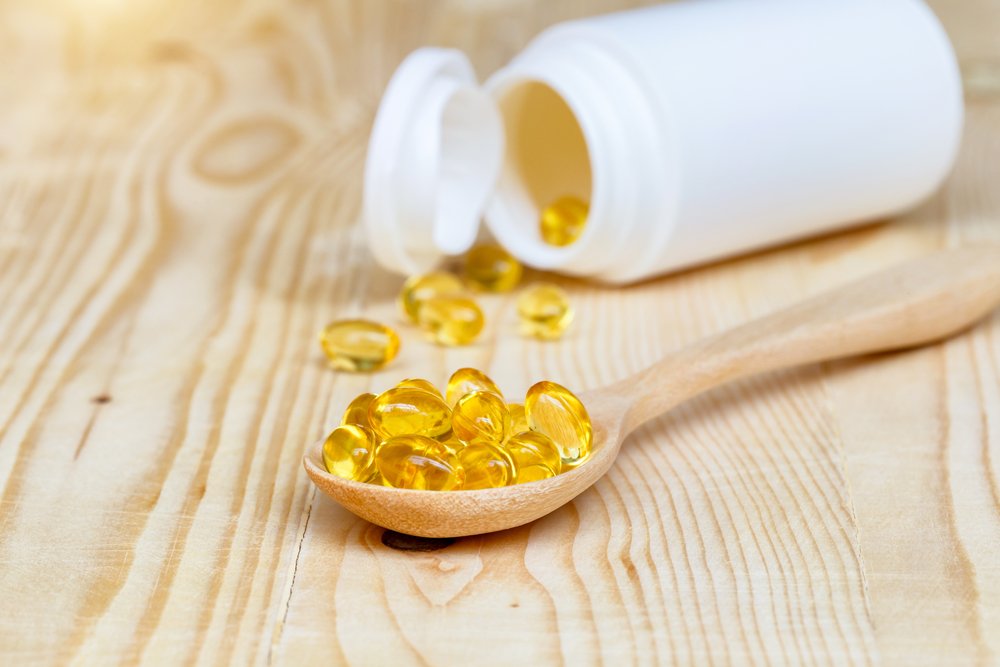 With a lack of essential acids, lipid metabolism is disturbed and, as a result, the atherogenic coefficient of cholesterol increases (the norm is not higher than 3 cu).
With a lack of essential acids, lipid metabolism is disturbed and, as a result, the atherogenic coefficient of cholesterol increases (the norm is not higher than 3 cu).
Benefit and harm.
A beneficial effect on the body of triglycerides and omega-6 phosphatides is obvious, but heated debate continues about the negative effects of these acids on the body. What are the benefits and harms of Omega-6 LCD?
Substances produced under their action:
- improve the function of the immune system;
- accelerate lipid metabolism and the conclusion of the final metabolic products;
- regulate body weight;
- support and improve the cardiovascular, nervous and reproductive systems of the body;
- participate in the production of hormones,
- prevent the formation of blood clots.
- relieve inflammation in eczema.
- improve the appearance of skin and hair
- reduce cravings for strong alcohol.
- maintain the integrity of cells, retain moisture in the connective tissue of the skin - the dermis (it contains collagen, elastin and hyaluronic acid);
The properties of omega-6 PUFAs are used to treat atherosclerosis, eczema, acne, osteoporosis, eye diseases, various allergies, oncology, and tuberculosis of alcoholism.
 However, unlike omega-3 FAs, omega-6 is present in many animal fats, nut oils and, even in small quantities, but even in vegetables. In sunflower oil, for example, there are no omega-3 acids at all. therefore rather, it is not a deficit, but an imbalance of these acids. The optimal ratio of compounds ω-6 to ω-3 is expressed as 4: 1. Excess omega-6 lipids more than 20 times, compared with omega-3 substances, is fraught with development:
However, unlike omega-3 FAs, omega-6 is present in many animal fats, nut oils and, even in small quantities, but even in vegetables. In sunflower oil, for example, there are no omega-3 acids at all. therefore rather, it is not a deficit, but an imbalance of these acids. The optimal ratio of compounds ω-6 to ω-3 is expressed as 4: 1. Excess omega-6 lipids more than 20 times, compared with omega-3 substances, is fraught with development:
- various inflammations in tissues or organs
- pathologies of the heart and blood vessels,
- increase in blood viscosity,
- impaired immune system function,
- mental disorders, depression.
In addition, excess lipids in the daily menu negatively affects the work of the reproductive organs of the female reproductive system, which often leads to infertility.
Daily intake for children and adults
Throughout life, a person needs to receive a PUFA, because the essential components come to him either with food or in the form of medications (BAA). The role of omega-3 and omega-6 PUFA for children is especially great. An adult consumes 4 to 8 g of omega-6 fatty acids per day. This will be 5% of the daily calorie intake.
Today, the pharmaceutical market presents complex preparations in the combined composition of omega-3-6-9. They are used in various treatment regimens as adjuvants. They are produced mainly in capsules, taken orally during lunch or after. The preventive daily dose for adults is 1 g, for therapeutic purposes –2 g. Capsules take 1–3 p. per day (exact dosages are described in the instructions). How long to take the drugs is decided by the doctor. The standard reception is 30 days, then a month's rest, after which the course can be repeated.
 The table below shows the standard norms for the use of PUFAs, as well as preparations of the German company Kweisser Pharma - Doppelgerz Asset Omega 3-6-9 and the American corporation SAN - Omega 3-6-9 based on borage, fish oil and flaxseed oil.
The table below shows the standard norms for the use of PUFAs, as well as preparations of the German company Kweisser Pharma - Doppelgerz Asset Omega 3-6-9 and the American corporation SAN - Omega 3-6-9 based on borage, fish oil and flaxseed oil.
Standard PUFA Consumption
| Groups | ω-6 PUFA (per day) | ω-3 PUFA | % of calories ration (per day) | Ratio ω-6 : ω-3 |
|---|---|---|---|---|
| Adults | 8-10 g | 0.8-1.6 g | for ω-6 - 5-8% for ω-3 - 1-2% | 5-10 : 1 |
| Children | 0.7 g | 0.8-1 g | for ω-6 - 4-12% for ω-3 - 1-2% | |
| Doppelherz asset Omega 3-6-9 | ||||
| Adults | ω-6 - 302 mg; | ω-3 - 337 mg | 1 capsule 2 p. in a day | 0,92 : 1 |
| Children (up to 5 years) | Half adult dose - 1 capsule per day | |||
| SAN Lipidex. Complex Omega 3 6 and 9 | ||||
| Adults | 2 capsules 3 times a day. | # colspan # | As part of borage seed oil: ω-6 – 34% ω-3 – 19 % As part of linseed oil: ω-6 – 15% ω-3 – 55 % | 1, 8 : 1 0, 3 : 1 |
Before stopping your choice on any drug, you need to consult a doctor.
Additives with an international certificate of quality are in great demand and are affordable. The composition is perfectly balanced, aimed at reducing cardiovascular risk and strengthening the immune system. Detailed product information contains instructions for use.
Omega-6 during pregnancy and lactation
During active intrauterine development, the fetus urgently needs the intake of polyunsaturated fatty acids. In pregnant women, this is due to the following:
- there is an active concentration of omega-6 FAs in the central nervous system to form the organs of vision and the brain of the child;
- as components of the structure of the substance of the brain, omega-6 PUFAs provide mental and determine the intellectual abilities of the individual;
- linoleic acid and its derivatives are involved in the formation and development of the visual analyzer.
Complex preparations of essential acids for the prevention and treatment of various pathologies in pregnant women are indicated for use:

- premature birth;
- growth retardation and fetal death;
- habitual miscarriage;
- thrombophilia of any genesis, including hereditary;
- placental abruption;
- postpartum depressive disorders and psychoses.
A direct relationship between the deficiency of omega acids and the possibility of developing the most severe form of late toxicosis - pre-eclampsia in pregnant women, as well as arterial hypertension was revealed.
Pregnant women and during lactation are advised to take at least 300 mg of FA omega per day. Their presence has a positive effect on the health of the mother and baby, providing the prevention of complications after childbirth. Complex preparations of PUFA omega 3-6-9 are taken under the strict supervision of specialists (obstetrician-gynecologist and neonatologist).
What products contain
You can make a huge list of products that contain omega-6 PUFAs. Here is a small part of it:
- in the fat of sea eel, as well as in sterlet, sardine, rasp, notothenia, halibut and other varieties of fatty fish.
- pumpkin seeds, flax sunflower;
- avocado, some rice varieties;
- oil of nuts - cedar, hazel, pecan, cashew, peanut;
- animal fats (chicken, goose, fat tail);
- beef and duck lard;
- butter;
- ostrich meat, lamb, piglet, in veal (red meat);
- offal.
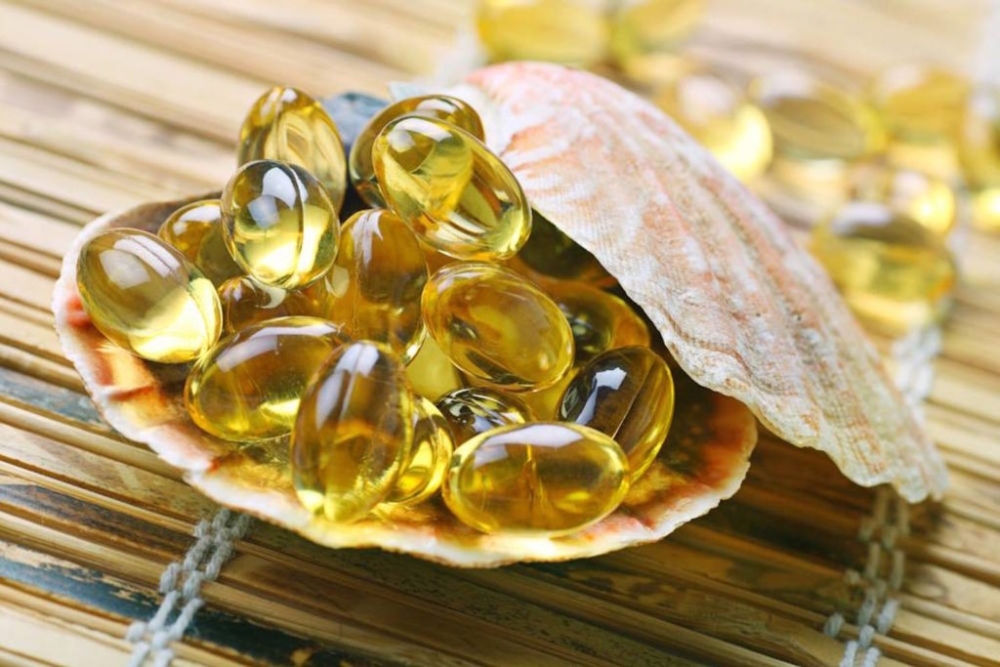 The main role of the main suppliers of omega-6 PMZHK is given by right to vegetable oils (flaxseed, from grape seed, germinal seedlings of wheat, onagro (evening primrose), borago, etc.).
The main role of the main suppliers of omega-6 PMZHK is given by right to vegetable oils (flaxseed, from grape seed, germinal seedlings of wheat, onagro (evening primrose), borago, etc.).
The table below contains the contents of the LCD of various grades of oil.
The content of omega-6 and omega-3 PUFAs in vegetable oils
| Vegetable oil | Omega 6 | Omega 3 | ω-6 : ω-3 |
|---|---|---|---|
| Flaxseed | 12, 7 | 53,3 | 0,23 : 1 |
| Hemp | 54 | 26 | 2, 1 : 1 |
| Cedar | 37 | 23 | 1,7 : 1 |
| Walnut | 53 | 10 | 5, 3 : 1 |
| Soybean | 50 | 10 | 5 : 1 |
| Rapeseed | 14,5 | 9,1 | 1, 6 : 1 |
| Sunflower | 60 | 0 | |
| Olive | 9, 76 | Traces | |
| Corn | 44 | Traces | |
| Pumpkin | 49 | Traces | |
| Peanut | 31,7 | Traces | |
| Cotton | 50 | Traces | |
| Sesame seeds | 60 | Traces |
It is necessary to know about one feature common to all acids: they strongly oxidize when they come in contact with air and heat. As a result, the formation of free radicals that have a negative effect on the body. When buying oil, they check for leaks, expiration dates and remove it away from the light.
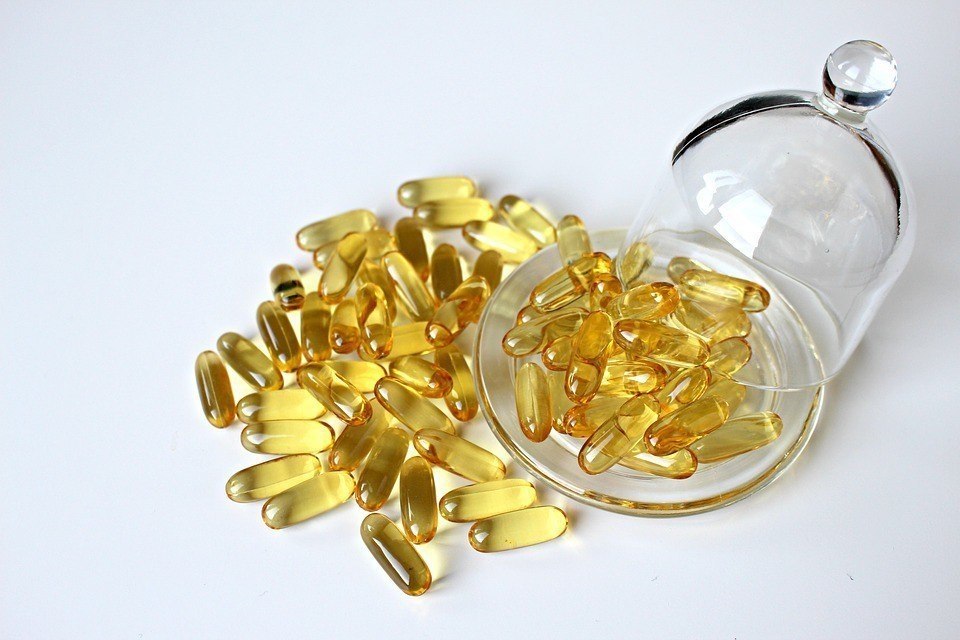
Contraindications, overdose and side effects
The body will send signals that an overdose of essential acids is taking place in the form of nausea and discomfort - heartburn, belching, hiccups, feelings of fullness in the abdomen, stool disorders, pain in the right hypochondrium, vomiting. These signs require a reduction in the amount of omega-6 FAs consumed, especially if appropriate medications are taken.
An excess of omega-6 FA can cause inflammation or exacerbation of existing chronic diseases. therefore do not upset the balance between omega-6 and omega-3 LCD.
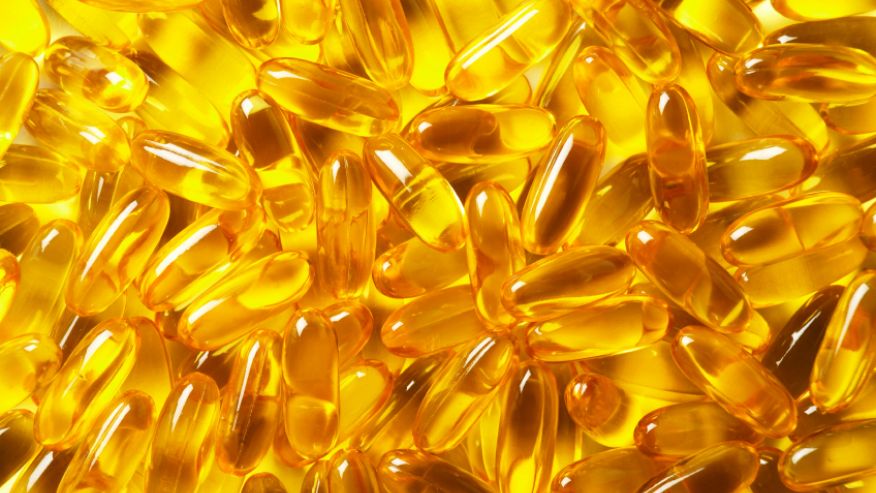 As for contraindications, the only obstacle to eating rich in omega-6 PUFAs or complex preparations is individual intolerance to the components.
As for contraindications, the only obstacle to eating rich in omega-6 PUFAs or complex preparations is individual intolerance to the components.
Linoleic, arachidonic (omega-6) and eicosapentaenoic acids are vitally valuable for humans. For the normal functioning of the body, a balance of endogormones produced by these opposite in functions acids is necessary. With its correct ratio (optimally 4: 1), diseases, depression and chronic fatigue disappear, the body is filled with vitality and optimism.


